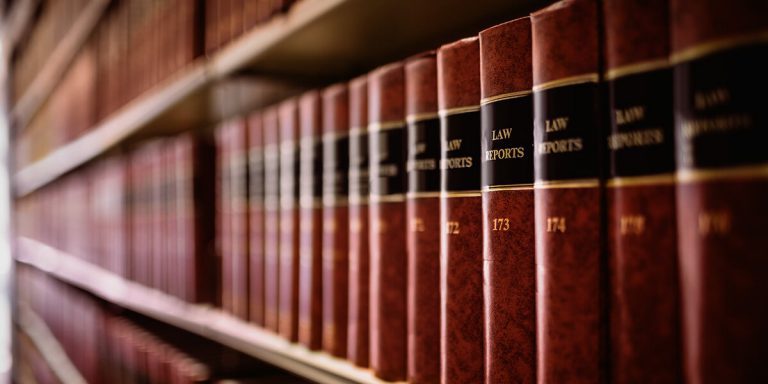Recently the House of Representatives passed the Securing a Strong Retirement Act of 2022 (SECURE 2.0) with a 414-5 vote. SECURE 2.0 expands on the Setting Every Community Up for Retirement Enhancement (SECURE Act), which was passed in December of 2019. SECURE 2.0 is currently before the Senate. If a majority of the Senate passes SECURE 2.0 and President Biden signs the bill, then SECURE 2.0 will go into effect in 2023.
The 2019 SECURE Act impacted many retirement account rules, and its changes affected most retirement account holders. Most notably, it eliminated the “stretch IRA” by requiring most non-spouse beneficiaries of inherited IRAs to withdraw and pay income taxes on inherited retirement accounts within ten (10) years of inheriting the accounts.
The SECURE Act also delayed the age at which retirement plan owners must begin taking their Required Minimum Distributions (RMDs) from 70.5 to 72, and it allowed traditional IRA owners to keep making contributions after RMDs began.
SECURE 2.0 was proposed to address the areas in which the SECURE Act failed to improve the retirement system. Specifically, SECURE 2.0 proposes the following changes:
Automatic Enrollment
SECURE 2.0 seeks to increase the number of workers who participate in their employer-sponsored retirement plans through automatic enrollment. The Act proposes mandatory automatic enrollment for all employees of companies with eleven or more employees, and it would impact most employees who work for mid-sized businesses.
Following their automatic enrollment, employees would automatically contribute at least 3% of their initial salaries to their employer-sponsored retirement plans, though they would have the option to change their contributions. Each year thereafter, employees’ automatic contributions would increase by 1% and would be capped at the lesser of 10% or 15% of employees’ wages. Existing retirement plans would not be required to add automatic enrollment for new employees.
Increase in Age for RMDs
SECURE 2.0 also proposes delaying RMDs until age 75 rather than the current age of 72 (originally 70.5 pre-SECURE Act). This change would be phased in over the next 10 years. This means that plan holders under 75 would not be required to withdraw any amount from their plans, thus delaying the payment of income tax.
Employer Contributions to Roth IRAs
SECURE 2.0 proposes permitting employers’ matching contributions to be made as contributions to an employee’s Roth account. The Roth matching contribution would be taxed prior to the contribution, the same way employee contributions to a Roth account are taxed.
“Catch-Up” Contributions
If SECURE 2.0 passes, then participants ages 62 to 64 will be able to contribute up to $10,000 (indexed for inflation) as a “catch-up” contribution to their retirement accounts (with the current limit being $6,500). However, all catch-up contributions to employer-sponsored plans would be treated as contributions to a Roth account, so the contribution would be made with after-tax funds.
Other proposals made by SECURE 2.0 include the following:
- Mandatory Cash-out Limit. Mandatory distributions that can be made without a participant’s consent would increase from $5,000 to $7,000.
- Employer Matching Contributions on Student Loan Repayments. Employers would be able to make contributions to an employee’s retirement plan to match the employee’s student loan payments. To qualify for the match, a participant would not need to contribute to a plan.
- Incentives. SECURE 2.0 would permit employers to offer financial incentives to encourage participation in 401(k) plans.
- Domestic Abuse. Victims of domestic abuse would be able to withdraw up to $10,000 penalty-free.
- A national database would be created to find lost retirement accounts.
For questions about this article, or any other retirement related questions, please contact an attorney in our Estate Planning Practice Group.

